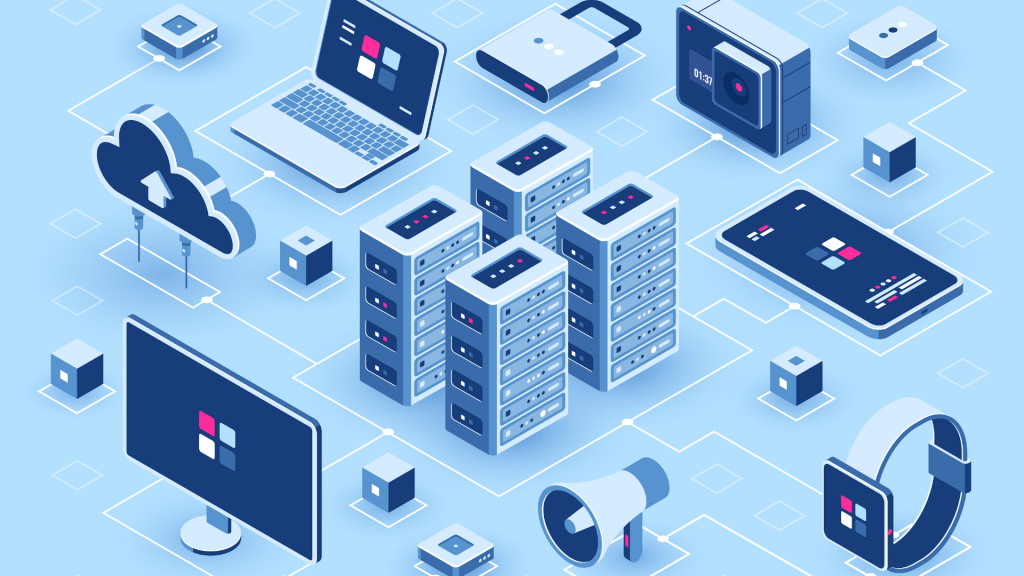Introduction
iPaaS (Integration Platform as a Service) and traditional integration methods both aim to connect systems and applications, but they differ in approach and functionality. iPaaS is a cloud-based solution that simplifies integration by providing pre-built connectors, automation, and scalability. It allows businesses to connect applications seamlessly without needing extensive infrastructure. Traditional integration, on the other hand, often requires on-premise solutions, custom coding, and manual management, making it more complex and resource-intensive. The key differences lie in flexibility, cost, and ease of use, with iPaaS offering a more efficient and modern alternative to traditional integration methods.
iPaaS Features
It is a cloud-based setting that gives a fast connection. It is an exceptionally versatile and adaptable system with low support costs. It relies upon membership-based costs and lower introductory expenses. It has quick joining speed and has pre-constructed connectors. The highlights of the framework incorporate moderate customization and solid cloud security. The security included additionally relies upon the supplier. Information taking is extremely straightforward at this stage since it is suitable for dealing with cloud and mixture conditions. You track down the advancement and current elements with ceaseless updates from the specialist organization.
Benefits
You can utilize this stage effectively on the grounds that it gives the best arrangements that are planned with an easy-to-understand interface. It implies that utilizing this stage is extremely simple for clients and permits ventures to orchestrate mixes effectively without having mastered specialized information. Its pre-built connectors make it exceptionally simple to handle. A savvy arrangement has last forthright ventures. The handling at this stage is quicker, diminishing the chance to showcase new administrations or items. It gives extraordinary versatility to effortlessly add new connectors to our applications to amplify the actual framework of handling. The framework naturally refreshes its highlights, and it doesn’t require support. It is perfect in a mixture climate, giving an ideal mix without utilizing customary techniques.

Traditional Integration Features
Customary combination requires broad arrangement and gives organization on-premises. On-premises foundations restrict it, needs high upkeep costs, and requires inward IT assets. Customary reconciliation has a high forthright expense and continuous uses for refreshing its equipment and programming framework. Exceptionally fabricated arrangements delay the speed of reconciliation. Anyway, it is profoundly adjustable. Anyway, it is exceptionally adaptable and completely overseen by IT. It is restricted to an on-premises framework and requires manual updates and overhauls.
Benefits
You can have full oversight on customization as indicated by the business’s exceptionally unambiguous requirements. Organizations can have a severe information security necessity through conventional incorporation strategies. You can have full control and access encryption and other security principles. It is more challenging and stable for huge-scope organizations. Its interconnected framework additionally supports businesses in areas such as money and medical care. A sort of long-haul speculation empowers you to diminish reliance on outer sellers. Anyway, it has a high starting expense and a complex upkeep framework with restricted versatility.
Which is right for you?
The two frameworks have their own particular elements and capabilities. You should consider a few variables prior to settling on these. Think about the size of your business and the prerequisites of an IT foundation. Likewise, check for adaptability necessities and combination intricacy. Organizations should require a framework with solid information security and severe administrative consistency. Think about this multitude of elements and look at the workings and highlights of the two frameworks. Pick which stage suits best your business needs. Anyway, the iPaaS Stage is the most proficient and compelling because of its quick sending and cost productivity. You can assess various highlights and select anybody that might meet your business’s future objectives and information security prerequisites.
The choice between iPaaS and traditional integration methods hinges on your organization’s specific needs, budget, and growth plans. While iPaaS is ideal for businesses seeking agility, cost-efficiency, and rapid deployment, traditional methods offer unparalleled customization and control, albeit at a higher cost and longer deployment time. By carefully evaluating your current infrastructure, future goals, and data security requirements, you can choose the integration strategy that best aligns with your business objectives. Continuously measure the upsides and downsides of a stage and pick the best supplier to give you a high-level joining framework and their best coalition with your business prerequisites.
Conclusion
iPaaS cloud-based gives the best reconciliation. Compromise with them is less complex, faster, more affordable, more sensible, and more open than some other time in late memory. iPaaS is a compromise as it never was—boundless, immense, and really versatile. By picking iPaaS, you pick interminable possible results and new horizons for cutting-edge change. It looks like having a good and strong, old and new, experienced close pal who will help you with all of the troubles, license you to grasp all of the entryways, and open up new horizons for improvement.


